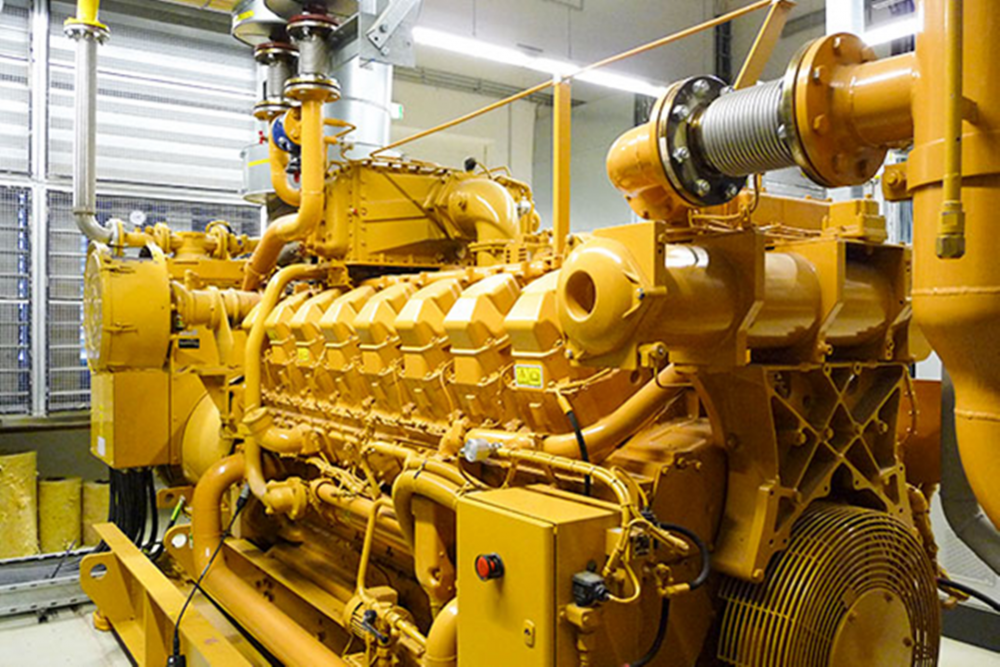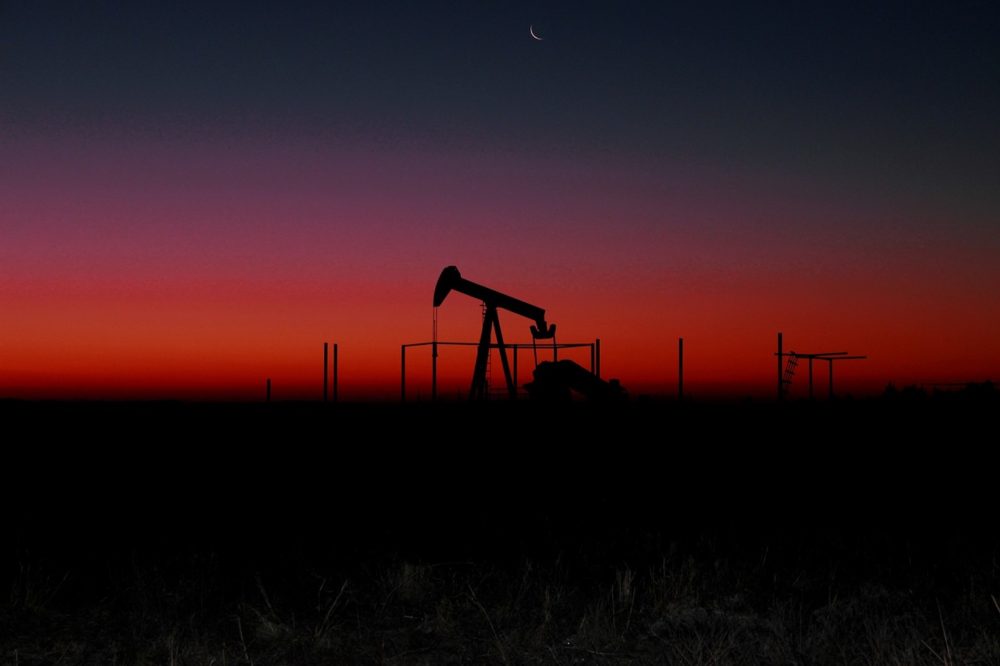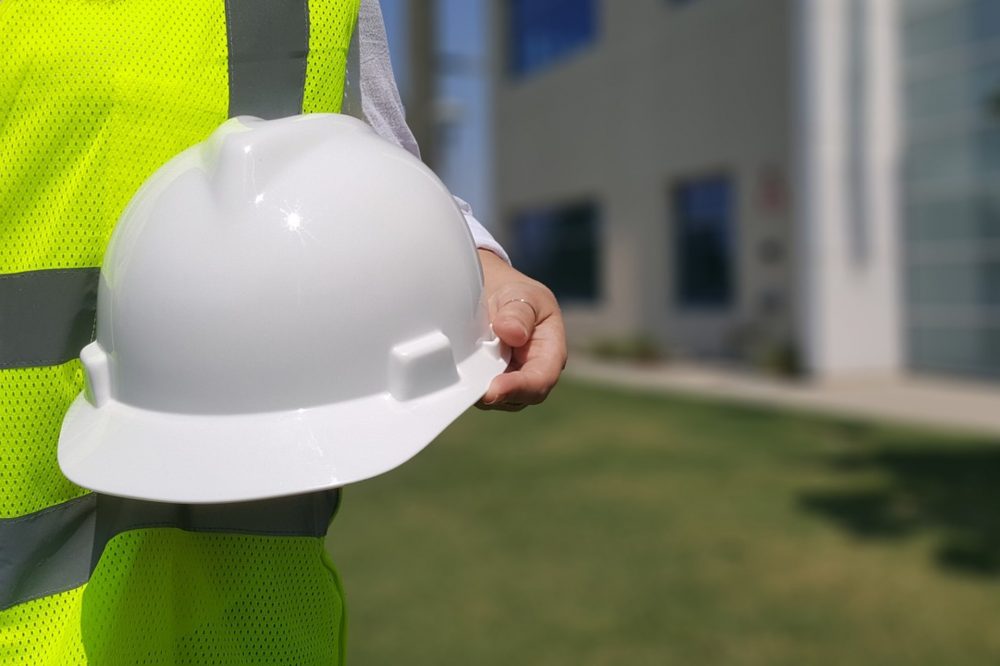Right now is a critical time to create your plan for MSAPR compliance! The first phase of NOx emissions limit is in force for pre-existing engines on January 1, 2021 – companies can choose a subset (50% of rated brake power) of engines to comply with the limit. The remainder of your engine fleet does not have to comply until 2026.
Subset Strategy
It is all about cost savings. Companies will need to strategically pick their first subset of pre-engines, considering the following:
- Size of engine – Engines <375 kW only requires a one-time test to prove compliance. Including these engines in your first subset will avoid “starting the clock” on an arduous and expensive testing schedule.
- Burn type – Lean-burn engines (≥375 kW) only require a 1 time/year emissions check/performance test. Including mostly lean-burn engines will allow you to save costs and delay the time-consuming testing schedule for rich-burn engines (4 times/year). Lean-burn engines are also likely already compliant with the emissions limit.
- Location of engines – Optimize your subset to minimize mobilization costs for conducting performance tests/emission checks.
- Ability to meet the limit with minimal/no retrofitting – Choose engines that are relatively new for your subset, as these engines will be able to meet the emissions limit with little to no additional cost. This gives companies more time to prepare for costly retrofits for older engines, or have the option to replace the engines all together.
Record Keeping
Inventory is everything. Companies need to invest the time in proving their inventory and maintaining records. Each engine will have different testing schedules, different reporting requirements, and different emission limits to follow. Any changes, retrofits, replacements, or transfers need to be documented and reported to Environment and Climate Change Canada (ECCC).
It is essential that this information is kept up to date and accessible.
North Shore Expertise
We at North Shore understand that it can be a confusing process to maintain compliance in the light of numerous emissions reduction regulations. We can guide you through this regulatory process, conduct training sessions to keep operations up-to-date, and help you become complaint in a cost-effective way.
We recommend conducting emissions checks in Summer 2020 to confirm that the engines will meet the limit. This allows ample time for retrofits or re-grouping to meet Phase 1 of the limit.
- MSAPR Management – Strategize and optimize MSAPR compliance, maintain records, notifications for testing and key deadlines
- Emission Checks and Performance Tests – Our team has over 10 years in expertise in emissions testing, and is fully proficient in the required MSAPR testing protocols (ASTM D6522-11, EPA Method 7E, EPA Method 3A, EPA Methods 1-4).
- Reporting – Manage Schedule 9 Engine registries, submit Schedule 10 compliance reports.
Contact Tanner or Hillary at North Shore if you have any questions:
Tanner Nesbitt, EP
Emissions Specialist – Fugitive Emissions & MSAPR Coordinator
Main: 403-228-3095 ext.221
Email: tnesbitt@northshoreenv.com
Hillary Yeung, P.Eng
Air Quality and Emissions Coordinator
Main: 403-228-3095 ext.229
Email: hyeung@northshoreenv.com
Visit – Methane and MSAPR Services
MSAPR Background: Part 2 – Engines
Multi-Sector Air Pollutants Regulation (MSAPR) is Canada’s first mandatory national air pollutant emissions standards that establishes a standard process for registering, testing, monitoring and reporting of NOx emissions and NOx emission intensity limits for boilers, heaters and engines.
Engines are split into different categories based on manufactured date, pre-existing engines are those that were manufactured before September 15th, 2016 and have a ≥ 250 kilowatt (kW) rated output capacity. Modern engines are those that are manufactured after the pre-existing date and have an output capacity of either ≥ 75 kW (if regular use) or ≥ 100 kW (if low use). Both performance tests and emissions checks are required to meet the regulations, ranging from a one time test, 4 times/year or 1 time/year depending on the size of your engine and the burn type.
Important dates:
- Pre-existing engines – registration: January 1, 2019
- Pre-existing engines – notice to indicate yearly average election: October 31, 2020
- Pre-existing engines – compliance reporting for the prior year: July 1 (starting in 2022)
- Pre-existing engines – 1st phase of NOx emission limits: January 1, 2021
- Pre-existing engines – 2nd phase of NOx emission limits: January 1, 2026
- Modern engines – registration: July 1 after the first year of operation
- Modern engines – compliance reporting for the prior year: July 1 (starting in 2020)
- Modern engines – compliant with limit by first hour of operation



